Geology 101 with Professor Jim Boles: No Volcanoes Here
The Cliffs at Hope Ranch Combust Spontaneously
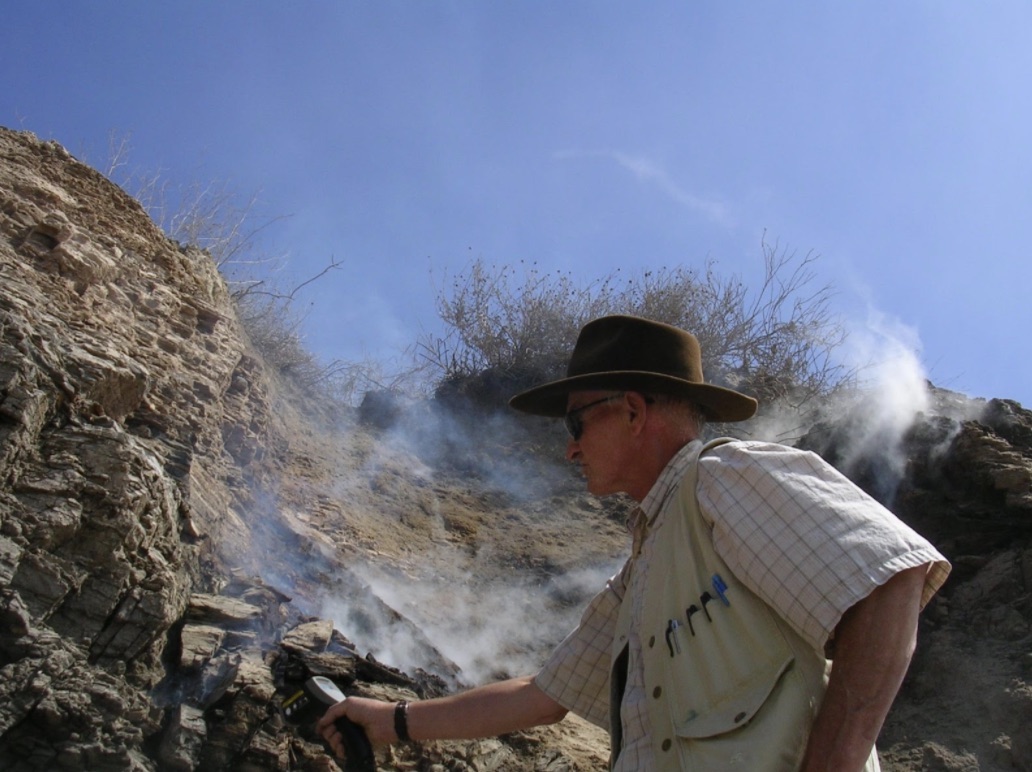
When smoke issues from the rocky cliffs at Hope Ranch, as it does every few years, the immediate thought is “Volcano!” or, for the cognoscenti, “Solfatara!” Well, both are incorrect, said Jim Boles, a professor emeritus at UC Santa Barbara who specializes in geology. It’s been about 30 million years since Santa Barbara saw any volcano action.
The correct answer lies in the folds of uplifted earth visible at the cliffs from the collision of tectonic plates over the eons. Compressed in those layers are the ingredients for spontaneous combustion — iron sulfides and hydrocarbons — when oxygen is added.

Tiny flecks of minerals like pyrite — fool’s gold — and marcasite are among the iron sulfides trapped in the layers of rock underlying coastal Southern California. As the Hope Ranch cliff face slides from time to time, fissures open that expose the iron sulfides to oxygen. In reacting to the oxygen, they give off heat. And if hydrocarbons are present — generally the offshore tars among the layers of uplift that created the cliffs — it can all go poof!
Boles’s research found that temperatures as high as 450 degrees Fahrenheit are generated in the oxidation process, more than enough heat to cause the tars to combust spontaneously. “If the heat is contained,” Boles said, “temperatures will build, and things will catch on fire.” Usually, persistent puffs of white smoke rise from the cliff, but in mid-July, vegetation caught fire, too, throwing billows of black smoke above the beach.
The same chemical reaction happens on the surface of the earth all the time, he said, but because the iron sulfide is not contained, the heat doesn’t build up. There’s no fire. He compared it to a compost pile. “Things can get really hot inside a compost pile, which is an oxidation reaction,” he said. “But it’s surrounded by a pile of stuff” and wouldn’t catch fire unless a crack fell open to let oxygen inside.
“Friction has absolutely nothing to do with it,” he cautioned. “A lot of people think the landslide is related to spontaneous combustion.” What the landslide does is expose the iron sulfides to oxygen, generating heat and smoke in the presence of hydrocarbons, he summarized.
Boles, who retired in 2008, recalled his expeditions to Hope Ranch’s smoky cliffs. “Yes, the fire department wanted us down off of there,” Boles said, chuckling. “We told them, ‘We’re geologists. This is what we do.'”

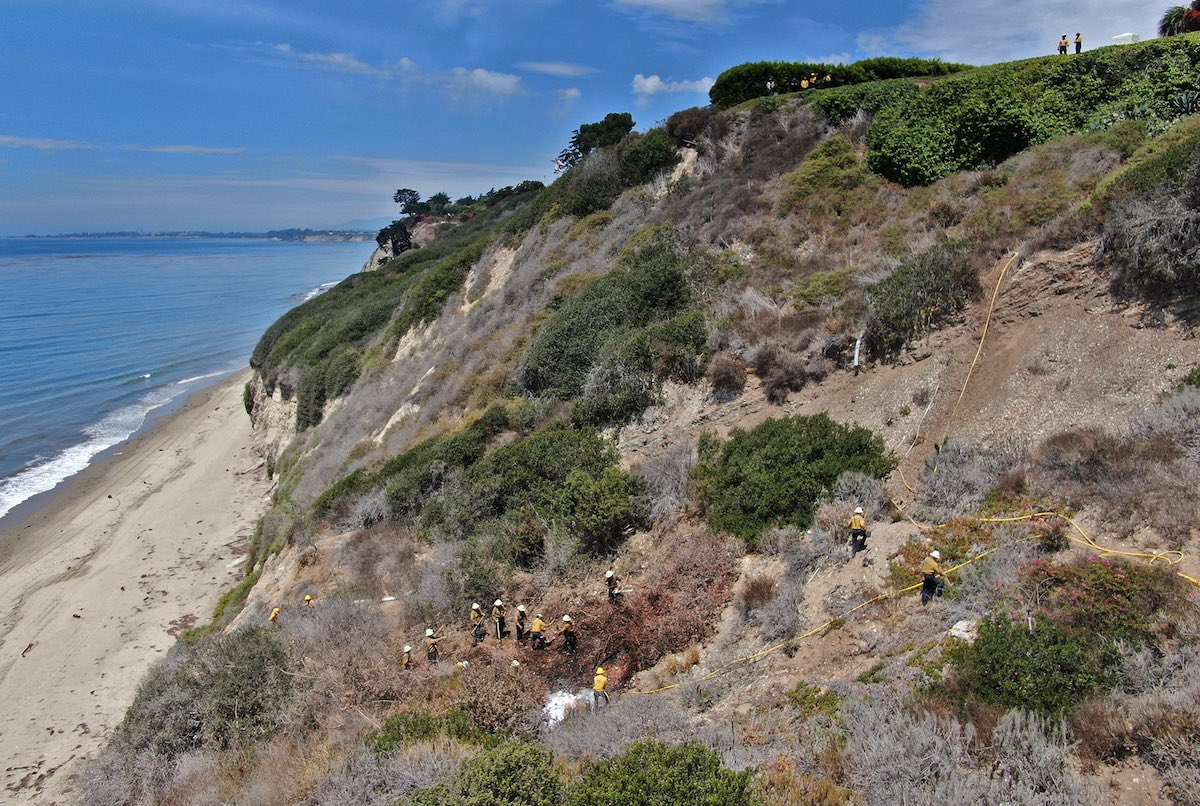
Hope Ranch smokes on July 12, 2021 (left), and County Fire extinguishing ignited vegetation on July 28, 2021. | Credit: Mike Eliason/S.B. County Fire
Support the Santa Barbara Independent through a long-term or a single contribution.

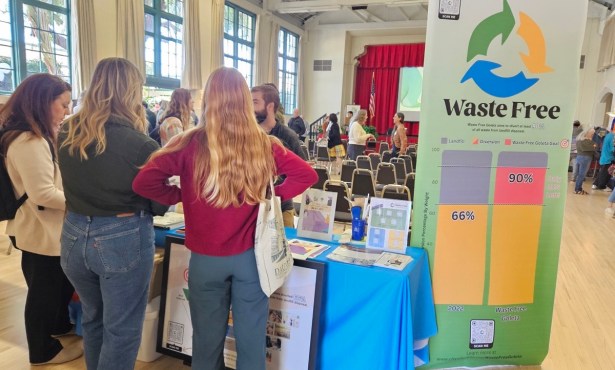
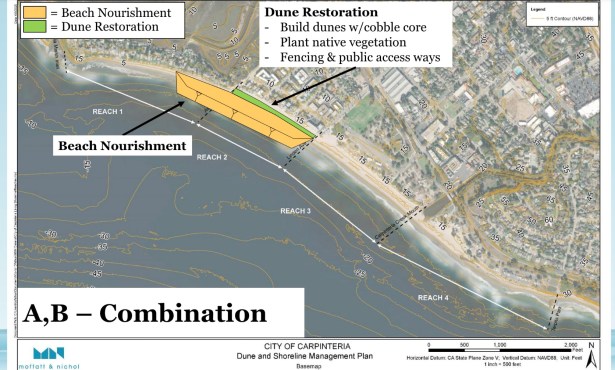
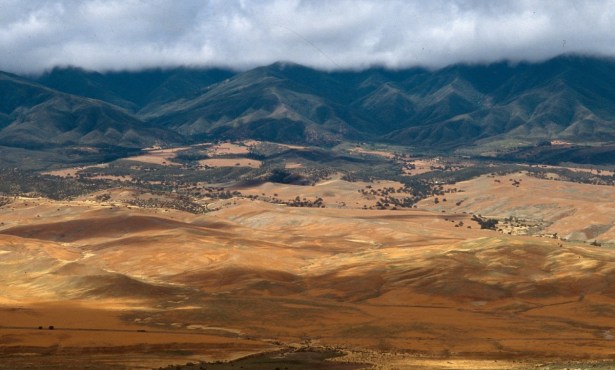
You must be logged in to post a comment.